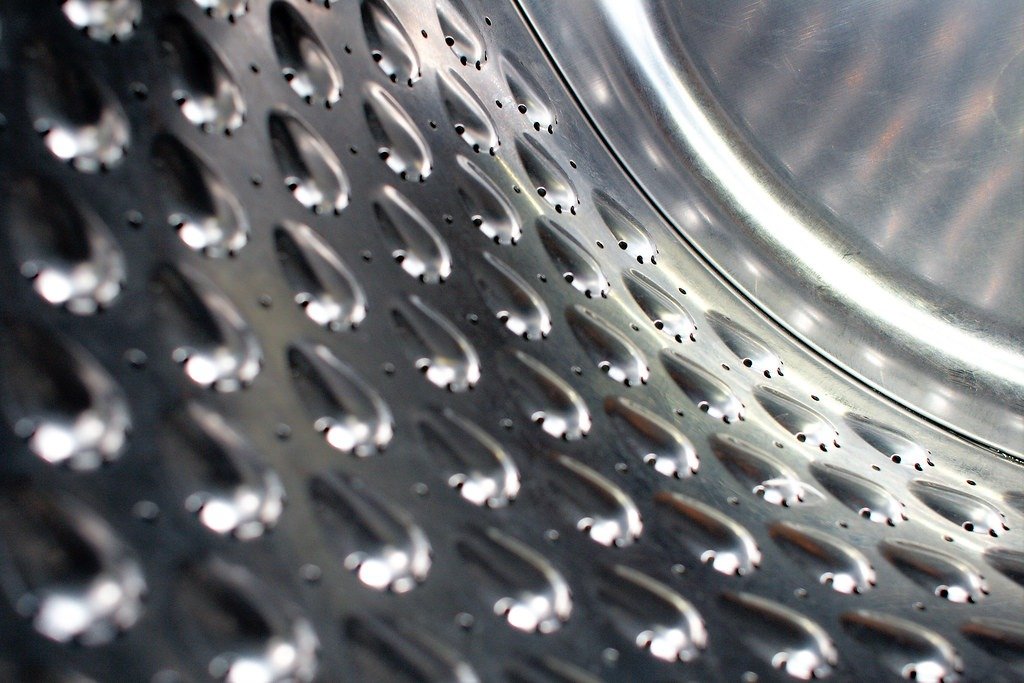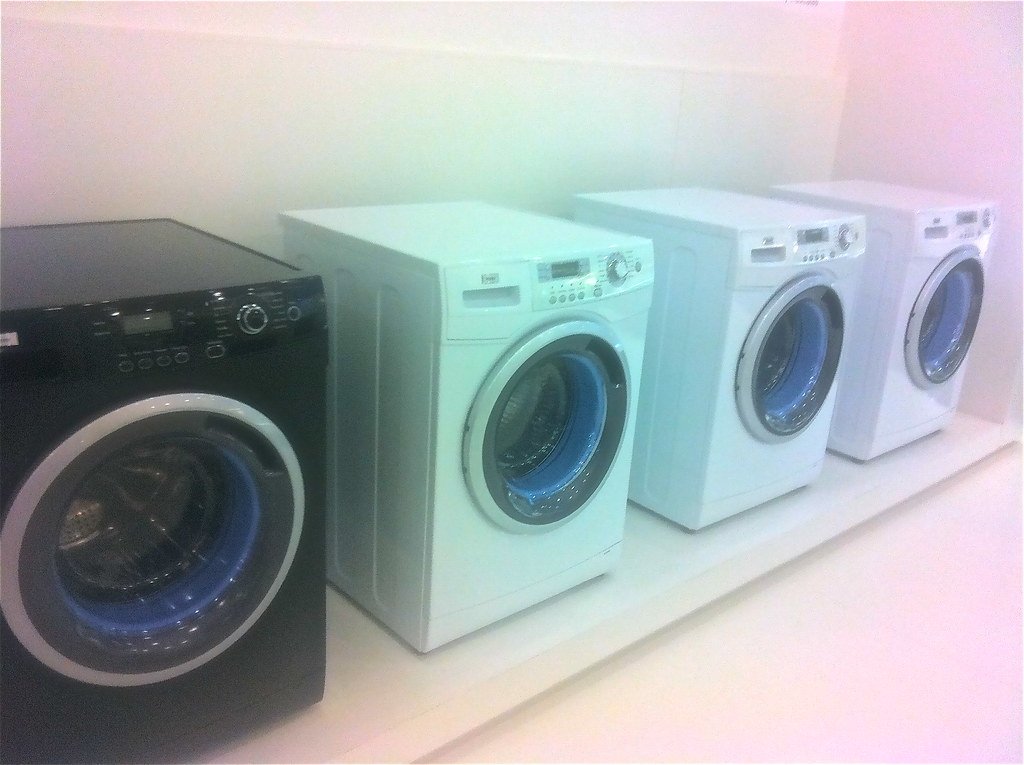
Replacing washing machine hoses is one of the easiest and cost-effective home maintenance tasks, as well as being an insurance policy preventative measure. Doing it regularly also can prevent flooding costs and protects against claims.
Begin by gathering all your supplies and creating an easily accessible workspace with convenient hose connections. Turn off the water supply valves behind the washer, unplug, and unplug your machine before beginning.
Leaks
Extensive Wear and Tear – Hoses won’t last forever; over time they may develop cracks, holes and leaks as a result of regular usage or heavy pressure exerted upon them. This is particularly likely to occur if you use your washer frequently and expose its hoses to pressure regularly.
Poor Hose Connections – To prevent leaks from happening, the hose connectors must be tight and secure. Otherwise, compression of the rubber washer at the end may not create an effective seal against moisture entering through a hole at either end of the hose and seal against leakage. If they’re too loosely connected, however, leaks could occur and create havoc with our plumbing systems!
Cracked Water Supply Fill Hoses – Cracked water supply fill hoses can connect washers to home’s faucets, leading directly into the laundry room, but over time can crack and leak, potentially flooding it and leading to mold or mildew issues in it.
If you detect a leak in the washing machine hose, take swift action. Switch off its water source immediately before disconnecting its connection at the back of the washer, unplugging its connection from its connection at the rear, placing a bucket underneath to catch any spillage, disconnecting from wall supply valves and cleaning up any spilled liquid before reconnecting hoses securely – using plumber’s tape and silicone sealant if necessary to secure their connections before reconnecting them again.
Damage
Bursting washing machine hoses can quickly flood a home in minutes, dispensing up to 650 gallons of water into it in minutes – enough to destroy floors, carpeting, drywall, furniture, clothes toys and personal items according to State Farm Insurance statistics on washing machine hose failures each year and cause $170 Million of damages in damage estimates alone.
Pressure on hoses is usually what causes them to burst, with constant pinching as a washer turns on and off creating weak points that eventually burst unless regular inspections and replacement of worn-out hoses is conducted.
Protecting hoses against damage requires regular inspection. Look out for moisture at hose connections, leakage and soft or blistered areas in the hose itself. Moreover, ensure there is at least four inches of space between it and the back of the washer to avoid kinking of hoses.
To inspect your hoses, first unplug and turn off all water supply valves located behind the washer. Remove your hoses and place them in a bucket so any remaining water drains away before loosening their connection to both the washer and valves to release any tension in them – after which, take off old ones before installing new ones – just remember not to over tighten.
Corrosion
Your washing machine hoses are under constant pressure from their connection with your home’s water supply, which could result in costly water damage if they burst. Maintaining good condition hoses helps mitigate this problem and saves money on replacement and plumbing repair expenses.
Even high-quality hoses will eventually wear down over time, necessitating replacement. But you can extend their lives by keeping them clear from kinks and obstructions; installing them at least four feet from walls for minimal bending/crimping; and shutting off water valves after you finish laundry to prevent water hammer.
Corrosion occurs when metals react chemically with their environment, producing oxides or salts which form oxide films that attack metal surfaces, weakening or breaking them down over time. While corrosion may look beautiful – like its green patina coating the Statue of Liberty – it can also be damaging, as evidenced by its role in the collapse of Eiffel Tower elevator shafts.
Prevent hose failure by regularly inspecting and replacing worn or leaking hoses when they show signs of wear or leaking. As a general guideline, replace all your hoses every five years; however if your area has hard water or high plumbing claims rates then more frequent inspection may be required.
Safety
Your washing machine poses one of the greatest flood risks to your home if its supply or drain hose fails, flooding in water until you turn off its valves – potentially leading to serious damages and even mold problems. To protect against this possibility, check and replace hoses whenever they show signs of weakness – every five years is usually enough – while also replacing rubber ones with stainless steel braided ones which are less likely to rupture.
Breakage of hoses typically results from loss of internal integrity due to age, chemicals in your home’s water or unintended human actions such as crimp corrosion, twisting or puncturing caused by sharp objects or kinking; stainless steel braided hoses are the industry standard and feature an outer protective layer which resists puncturing.
To check your hoses, start by switching off both your washer and water supply valves (located in a small box on your wall behind your washer). Next, gather up a bucket and lay out some towels to protect surfaces during this process. Remove each hose from its connection and place it into the bucket to drain before loosening and unplugging each hose from its water source valve connection – cleaning up any spills as you go along. Finally, when installing them back onto their original positions make sure there are at least four inches between washer and wall to prevent kinking of hoses from kinking up again!

